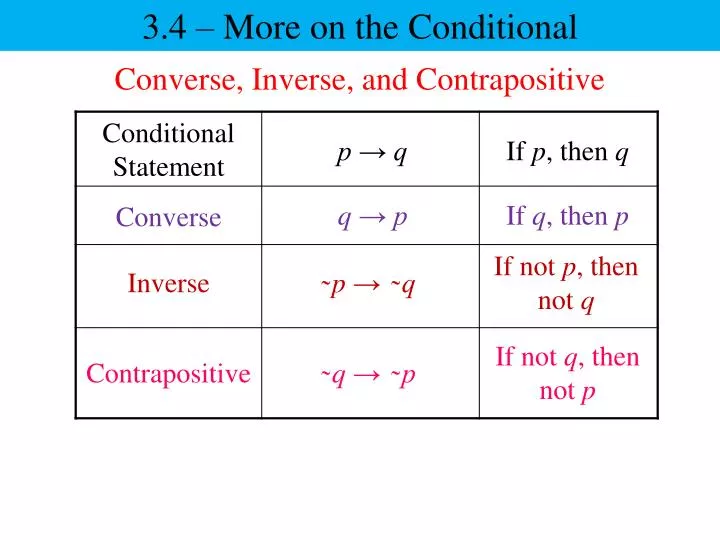Let
P = the moon is out
Q = we will start a campfire
R = we will roast marshmallows
The original conditional of "If the moon is out, then we will start a campfire and we will roast marshmallows" can be condensed to "If P, then Q and R" where P,Q,R were defined earlier above.
From that we can then write P --> ( Q and R)
The arrow notation indicates an "if, then" conditional statement.
Use parenthesis to have P lead to both Q and R simultaneously.
It would be erroneous to write P --> Q and R because that might be misinterpreted as (P --> Q) and R
Lastly, replace the word "and" with the ampersand symbol to get P --> ( Q & R)
Side note: Some textbooks will use a center dot in place of an ampersand, or a wedge symbol denoted as ^
We have this symbolic form:
P --> (Q & R)
In your notes somewhere, you should have something that looks like this

Image Credit:
https://www.slideserve.com/jaclyn/converse-inverse-and-contrapositive
The original conditional p -> q leads to the inverse ~p -> ~q
The squiggly tilde marks mean "not", i.e. the opposite
Example:
p = it does rain
~p = it does not rain
Therefore, we'll have this inverse for this particular problem
~P --> ~(Q & R)
As your teacher mentioned, use De Morgan's Law to turn ~(Q & R) into ~Q v ~R
The v symbol is the opposite of the ampersand, it means "or"
p & q = p and q
p v q = p or q
So
~P --> ~(Q & R)
is the same as
~P --> (~Q v ~R)
after applying De Morgan's Law
The last step is to translate back to English
P = the moon is out
~P = the moon is not out
Q = we will start a campfire
~Q = we will not start a campfire
R = we will roast marshmallows
~R = we will not roast marshmallows
~P --> (~Q v ~R)
translates to
If the moon is not out, then we will not start a campfire or we will not roast marshmallows.
You can think of it like this
If (the moon is not out) ---> then (we will not start a campfire OR we will not roast marshmallows)
------------------------------------------------------------------------------
Final Answer: Choice B
If the moon is not out, then we will not start a campfire or we will not roast marshmallows.